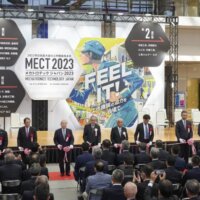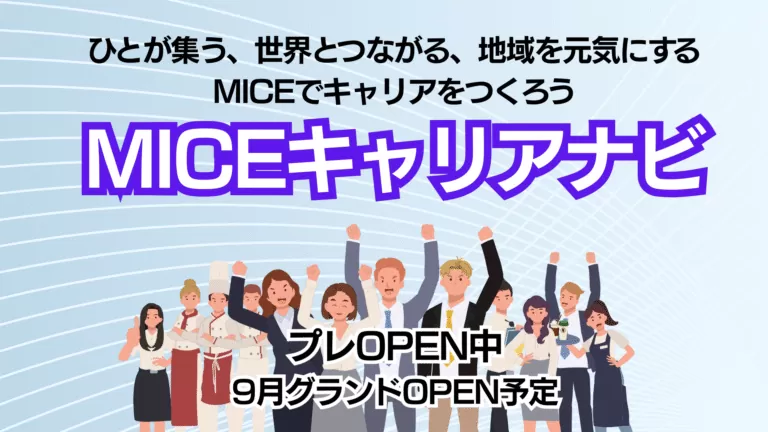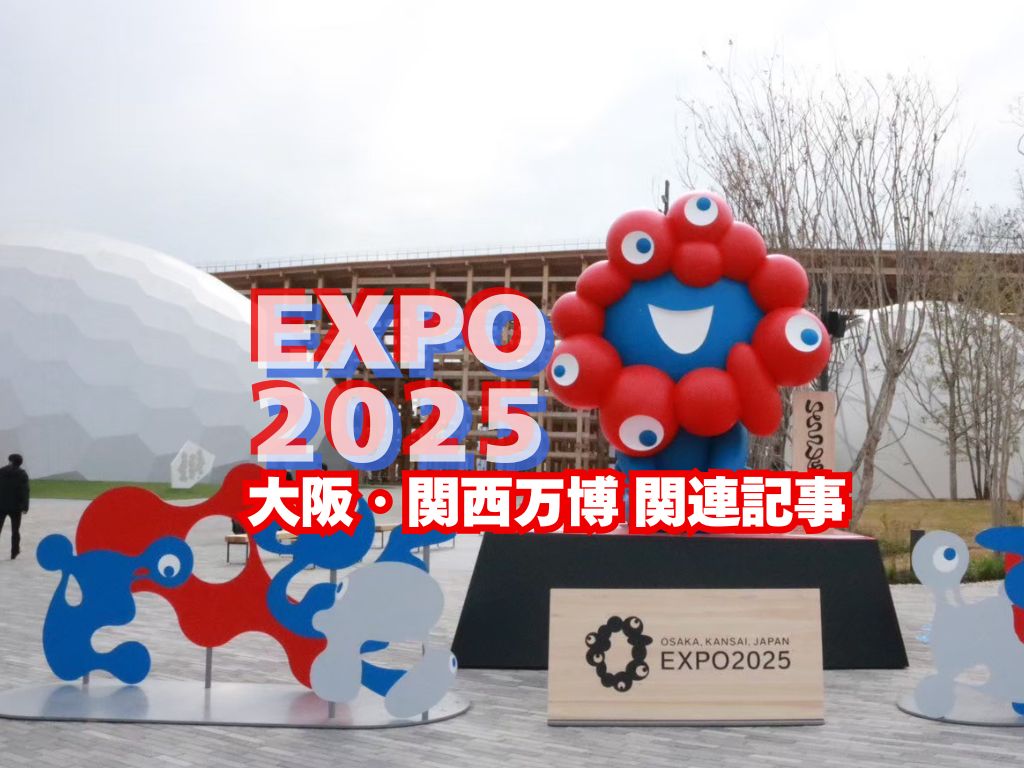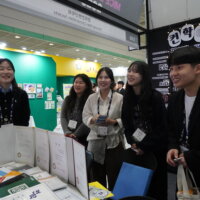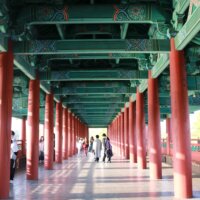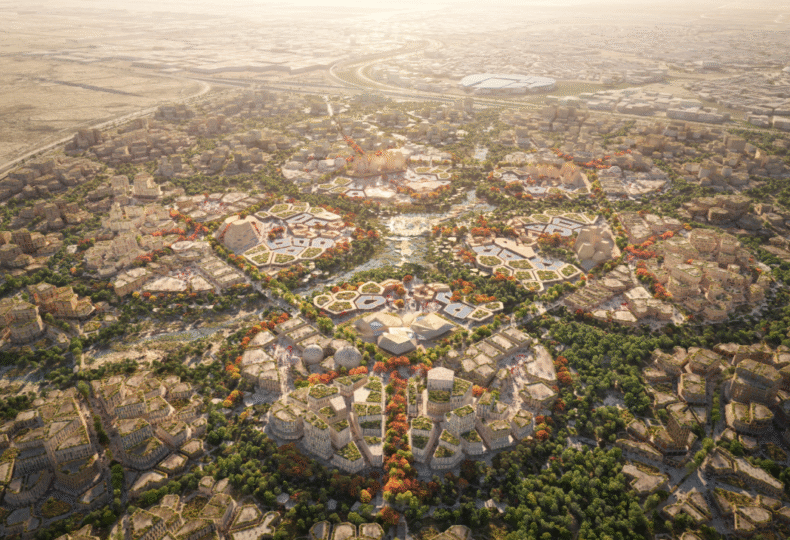
What “Expo 2030 Riyadh” Envisions for the City of the Future — The Culmination of Saudi Arabia’s national strategy “Vision 2030” and the evolving capital, Riyadh
On October 13, 2025, Expo 2025 Osaka, Kansai will close. Next, from October 2030 to March 2031, a large-scale World Expo will take place in Riyadh, Saudi Arabia. Expo 2030 Riyadh coincides with the pivotal year when the UN SDGs and Saudi Arabia’s Vision 2030 reach their conclusion. Bringing together countries and organizations from around the world, it aims to become a global platform for shaping transformative ideas and solutions for a better future.
Overview and significance of Expo 2030 Riyadh
Event details and objectives
Expo 2030 Riyadh is scheduled to run from October 2030 to March 2031, with more than 40 million visits expected over the course of the event. Its objective is to bring together representatives from over 195 countries and 29 international organizations to address shared challenges and showcase pioneering solutions for a sustainable future.
Why Riyadh was chosen: global confidence and a transforming city
Riyadh won the host-city vote with 119 votes (runner-up Busan received 29), reflecting strong global confidence in Saudi Arabia’s preparedness and ambition. Recognized as one of the world’s most rapidly evolving capitals, Riyadh boasts large-scale infrastructure, deep investment in innovation, and a strategic location. Situated at the heart of the Arabian Peninsula, the city serves as a global hub for culture, commerce, and innovation.
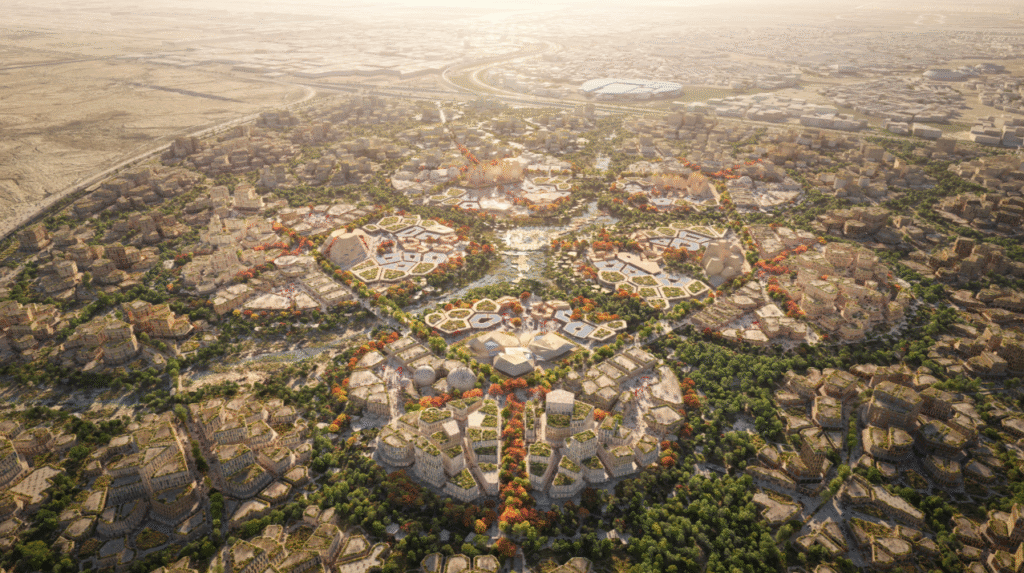
Theme and focus of Expo 2030 Riyadh
Main theme: Foresight for Tomorrow
The overarching theme of Expo 2030 Riyadh is “Foresight for Tomorrow.” Under this banner, the Expo will leverage long-term thinking to address global challenges while opening new opportunities, advancing collaboration and innovation to shape a sustainable, inclusive, and technologically advanced future.
Sub-themes
To complement the main theme, three sub-themes have been set:
- Transformational Technology: Exploring breakthrough innovations—such as AI and robotics—that are reshaping how we live, work, and connect. The theme also addresses issues of equity and access to ensure inclusive progress that serves everyone’s needs.
- Sustainable Solutions: Focusing on climate-action strategies including renewable energy, ecosystem restoration, and circular design. It highlights how global cooperation can strengthen environmental resilience and build a more sustainable future.
- Prosperous People: Emphasizing the importance of healthcare, education, and expanded access to opportunity, promoting well-being and inclusion. The Expo places people at the center, aiming to improve everyday life.
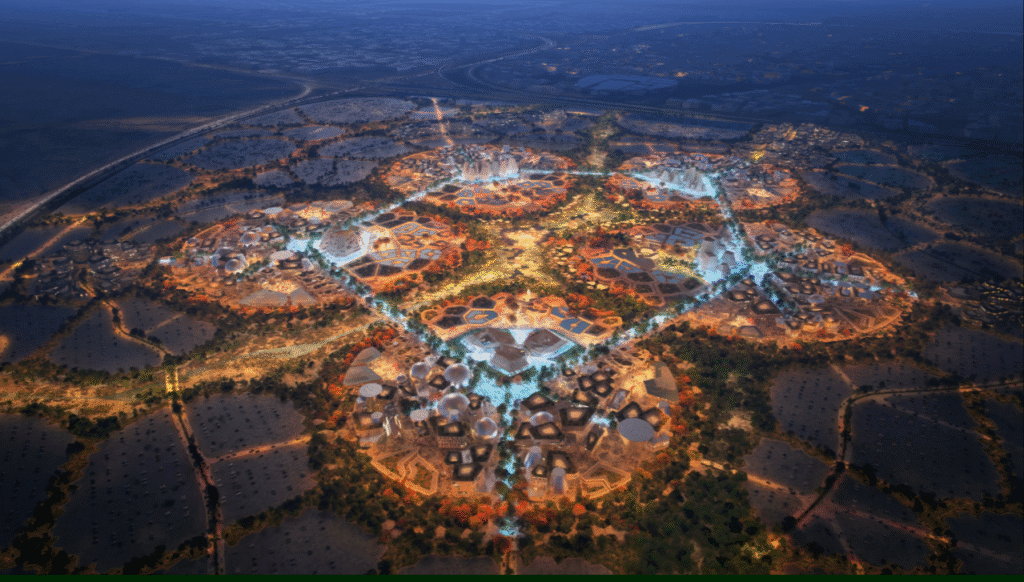
Innovative master plan and urban design
Harmony with nature by LAVA
The master plan, designed by the German architecture studio LAVA (Laboratory for Visionary Architecture), prioritizes ecological regeneration, walkability, and adaptive reuse. Inspired by the terrain of the Wadi Al-Sulai valley (a dry riverbed) on the outskirts of Riyadh, the site forms an organic, interconnected spatial network based on a regenerated wadi. This creates shaded pedestrian corridors and nurtures naturally cooled microclimates—elements essential for the desert environment. Fractal geometry inspired by patterns in nature is also applied to optimize connectivity and ensure efficient visitor movement.
A long-term legacy global village
A key feature of Expo 2030 Riyadh is its aim not to be dismantled after the event, but to become an enduring legacy. After the Expo closes, the site is planned to transition into a “vibrant global village for culture, innovation, and sustainable living.” This global village will continue to function as a dynamic hub centered on retail, dining, and community experiences.
Riyadh’s urban transformation and the Expo’s role
The core of Vision 2030
Expo 2030 Riyadh is positioned as a “global milestone and ultimate goal” of Saudi Arabia’s national strategy, Vision 2030. The Expo will embed inclusion, sustainability, and innovation into the country’s future, promoting workforce diversification and a reimagining of urban life. Across Riyadh, the Expo’s themes are embodied through citywide commitments such as AI-enabled infrastructure and large-scale green initiatives.
Infrastructure and access
Riyadh is developing advanced infrastructure featuring smart mobility systems, seamless metro connectivity, and a dedicated Expo station. Direct access from King Salman International Airport to the Expo site in just 10 minutes is planned. Projects such as the King Abdullah Financial District (KAFD), a symbol of Riyadh’s urban transformation, provide world-class commercial facilities and smart-city solutions that redefine urban living.
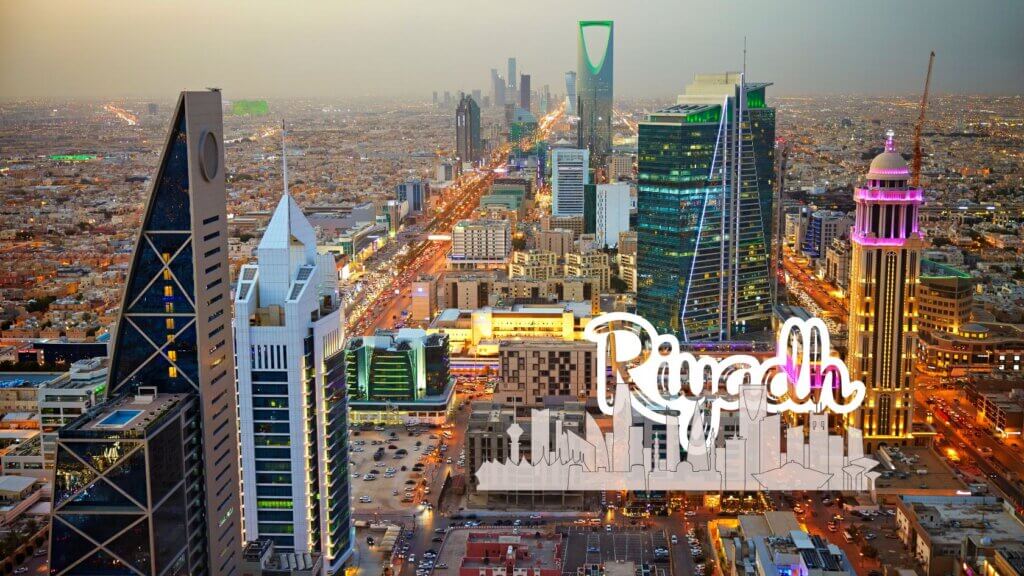
What is Riyadh, the stage for Expo 2030?
Saudi Arabia’s capital, Riyadh, is the nation’s political and economic center. Located on the Najd Plateau in the heart of the Arabian Peninsula, its name derives from a word meaning “garden.” The former oasis city has transformed into a modern metropolis. As of 2025, its estimated population reaches about 7.95 million, making it one of the Middle East’s leading international cities that is developing together with many foreign residents as well as Saudi citizens.
Economically, Riyadh is a financial hub where government agencies and major financial institutions are concentrated, and—alongside the emblematic King Abdullah Financial District (KAFD)—it also serves as an industrial base supporting domestic manufacturing. The most crucial point in discussing today’s Riyadh, however, is the historic transformation driven by the national strategy “Saudi Vision 2030.” Aiming to move beyond an oil-dependent economy, the Vision positions Riyadh as the engine of its realization. As a result, emerging industries such as tourism, entertainment, and IT are growing rapidly, and the diversification of the economic structure is advancing. This change extends to society as well, with significant promotion of women’s participation and a shift toward a more open and dynamic civic life.
The transformation into a future city is made tangible through numerous large-scale projects near the capital, including Qiddiya, an entertainment city under construction; Diriyah, the birthplace of the House of Saud, being revitalized as a cultural tourism hub; and King Salman Park, which aims to become one of the world’s largest urban parks. With the hosting of the Expo in 2030 as a major milestone, Riyadh is powerfully creating its future as a sustainable and captivating global city grounded in history and tradition.
Expo Riyadh as a pathfinder for the future of MICE
Expo 2030 Riyadh seeks to overcome the challenge faced by past Expos of ending as merely temporary events, and—through its innovative master plan—present a sustainable urban model to the world. The Expo is expected not only to serve as a showcase of ideas but also to function as a catalyst for transformation, unlocking international cooperation and long-term investment opportunities. While advancing Saudi Arabia’s ambitious Vision 2030, it will become a global event that indicates a roadmap toward realizing a sustainable and inclusive future for the world.
EXPO 2030 Riyadh website https://www.expo2030riyadh.sa/
-
October 30–November 9: Japan Mobility Show 2025 — Event Overview and Highlighted Exhibitors at Tokyo Big Sight, Japan’s Largest Mobility Festival
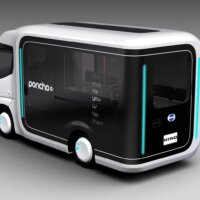
-
One of Japan’s largest machine tool trade fairs, Mechatronics Technology Japan (MECT) 2025 — October 22–25 at Port Messe Nagoya
